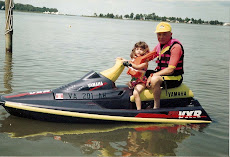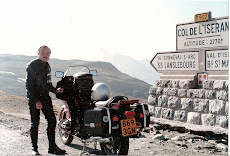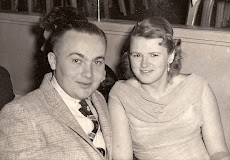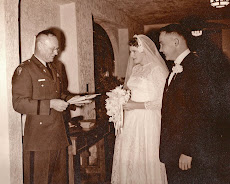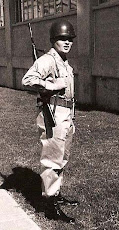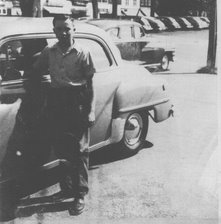 Lincoln's Springfield is s very nice city, it abounds with Lincoln sites, statues and signage. Below left is a scene within the Lincoln Museum in which we are joined by the Lincoln family before the White House. The museum, shown in the 2nd from left, is one of the finest presidential museums I've visited. It was completed in 2005 in anticipation of Lincoln's 200th anniversary. The picture on the right is in the state legislature, now a museum, where the characteristic hat designates Lincoln's seat.
Lincoln's Springfield is s very nice city, it abounds with Lincoln sites, statues and signage. Below left is a scene within the Lincoln Museum in which we are joined by the Lincoln family before the White House. The museum, shown in the 2nd from left, is one of the finest presidential museums I've visited. It was completed in 2005 in anticipation of Lincoln's 200th anniversary. The picture on the right is in the state legislature, now a museum, where the characteristic hat designates Lincoln's seat.
The replica White House is a very interesting display that shows Lincoln's White House years. Within the Museum there is also a replica of the Kentucky cabin in which he was raised as a boy. Exhibits there depict his rise from boyhood to politician.



In the picture above, right, I'm standing with Lincoln in front of the old Springfield RR station which is now a visitor's information center. Railroads are associated with Lincoln throughout his life. As a lawyer with knowledge of railroads, he represented the Rock Island Railroad Company in a suit by a steamboat company which was trying to recover damages from "Effie Afton" collision with a railroad bridge. This was a pivotal case in Lincoln's career and solidified his reputation as a great trial lawyer. Interestingly, this case also involved Jefferson Davis who was at that time Secretary of War. When Lincoln was first elected, he used a train to travel from Springfield, via several northern states, including NY to look up a young girl who in a letter to him suggested he'd look better with a beard, to Washington, DC. The station, pictured below, also served to receive his coffin when his body was returned to Springfield after his assassination in 1865.

While President, Lincoln supported the expansion of railroads to open the West and signed legislation enabling this. Springfield also has lots of Lincoln signage and hats with varied decorations. Below is a sampling.



In this one, we see Obama as a Lincoln wanabe. I don't know who was behind this one, but I certainly don't appreciate this depiction.

While in Springfield, we visited the Monticello Railroad Museum, which is located about 75 miles east. We toured the yards and took a short train ride. This museum, run by volunteers, is the best private RR museum that I've ever seen. The tracks and bed are in pristine shape, the facilities to repair and refurbish trains are absolutely marvelous. I recommend that anyone interested in trains visit this museum, it's a worth while trip, on par with Steamtown.
As shown below inside the locomotive shop, the museum is restoring ex-Southern Railway steam locomotive #401. This locomotive, built in 1907 has a 2-8-0 wheel arrangement with a total weight of 82 tons. The tender holds 7,200 gallons of water. The restoration is nearly complete, the major difference from the original is the use of cosmetic rivits and oil rather than coal. Currently, they are evaluating the use of biodiesel, soybeen/vegetable oil, or waste oil.


Below, I'm climbing into the cab of #1189, a 1953 F-7A GMD diesel that used to run on the Wabash line. This will be pulling our train for a short ride. In the other pictures, you can see us standing by some of the cars on display in their yard. Note the beautiful bed on which the cars rest.



Below is the restored Illinois Central station at the museum.

The museum has over 14 miles of track and currently leases some of it, along a parallel line to its operating line, to store rail cars at $2/day per car. Considering that 100 or more cars are stored there, that's over $200/day income. You can visit their site at: www.mrym.org
Well, this was our last stop on our trip out west. We started with the Grand National Rally at the Winnebago Factory, went on to Theodore Roosevelt National Park by Medora, ND, continued on to Glacier National Park and Cheyenne, and finished in Springfield. After Springfield, we traveled 892 miles home, arriving in Sun City at 6:30pm, August 25, 2009. We traveled a total distance of 5,718 miles from home in our motor home. I also put abut 1,500 miles on our Honda. After having driven a total of over 7,200 miles in 47 days, 153 miles each day, I was happy to be home for a rest.

































































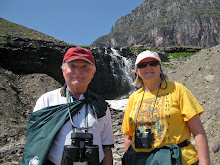
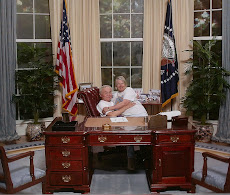
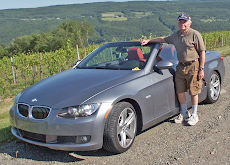
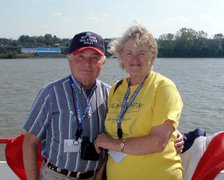
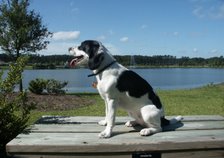
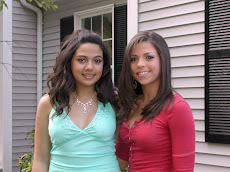
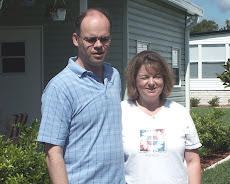



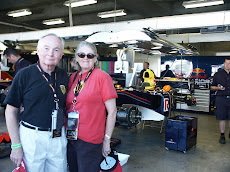

.jpg)
